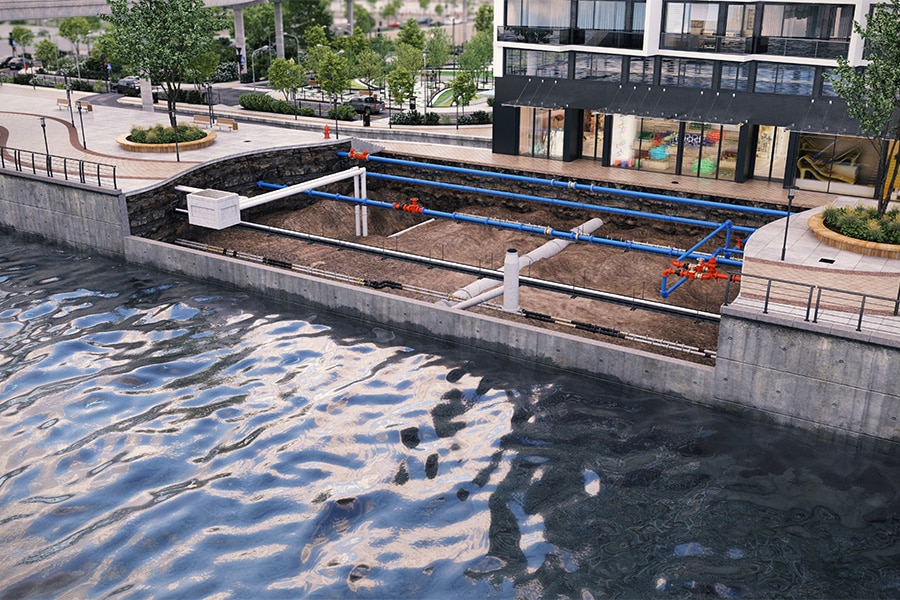
Elzinga Group chooses Metacom from VanMeijel after thorough selection
The Elzinga Group of Uithuizermeeden is a family business that is changing with the times. What began in 1946 as a contracting firm has grown into a versatile organization in metal, earthmoving, bulk transshipment, transport, road building and contracting. Four operating companies, two collective bargaining agreements, different systems and a growth that calls for more structure. "This had to be more efficient," says general manager Anton Scheltinga. "We were looking for one system that could really help us move forward. After a thorough selection process, we ended up with VanMeijel."

No standard approach
The diversity of Elzinga's operations brings organizational challenges. "Our operating companies all run in their own way," Scheltinga explains. "At the metal companies, we design, build and inspect lifting equipment. In civil engineering, we handle transshipment with fifteen Sennebogen cranes, have a fleet of trucks, and are active in contracting: from earth moving and improvement to infra, and from residential and site preparation to landscaping. Each part has its own dynamics, systems and way of working."

From sprawl to structure
Eight years ago, Scheltinga started as interim business manager at Elzinga Machinefabriek en Hijsspecialist with the task of optimizing the ERP system. "Because of my experience in all kinds of positions - from sales to engineering and from management to controlling and administration - I quickly see where processes do not connect well. Everyone had their own piece nicely set up, but coherence was lacking." When he became general manager of the entire group four years later, the question arose: how do you digitize an organization with such different operating companies?
"We wanted to avoid losing information or duplicating work. And that starts with getting your processes right. Not everything is solved with the purchase of an ERP package, so we first put our house in order internally. But it soon became clear that we simply did not have the right software for our way of working. That's when we started looking for one solution that connects everything, without losing sight of the practice."
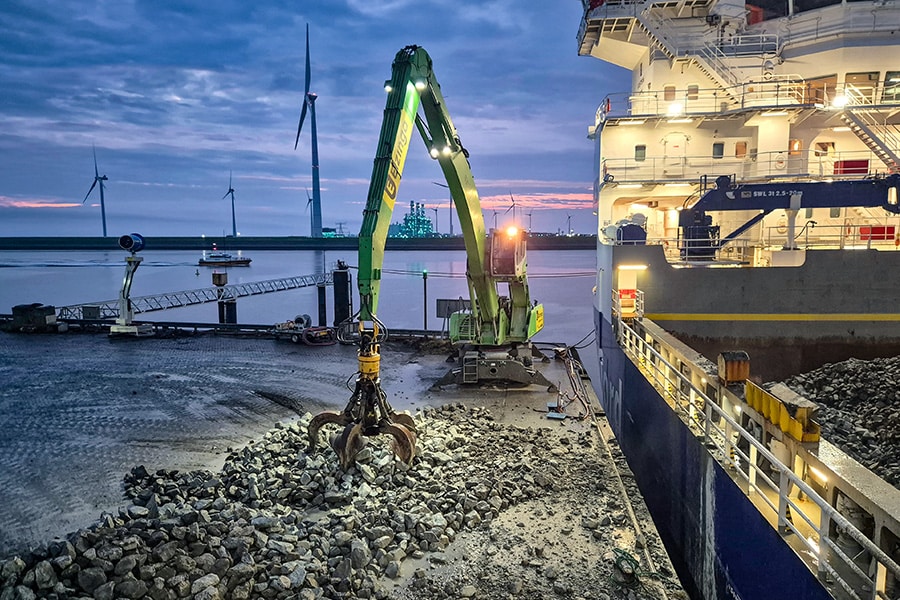
Thorough selection procedure
Together with an internal team, Scheltinga compiled a longlist of potentially suitable ERP systems. From that, a shortlist of three followed. "Each package had to provide a comprehensive demo based on our own business case. From tendering to post calculation, from planning to unexpected changes in the field. We wanted to know: how does the system handle our practice?"
VanMeijel came out on top with Metacom. "They were well prepared and were able to answer our questions. But especially their openness was the deciding factor. What they can do, they can do well. And what was not yet possible at the time was either clearly explained why it was not possible (i.e., should you want it), or they said: interesting, we are going to investigate. That gave confidence."
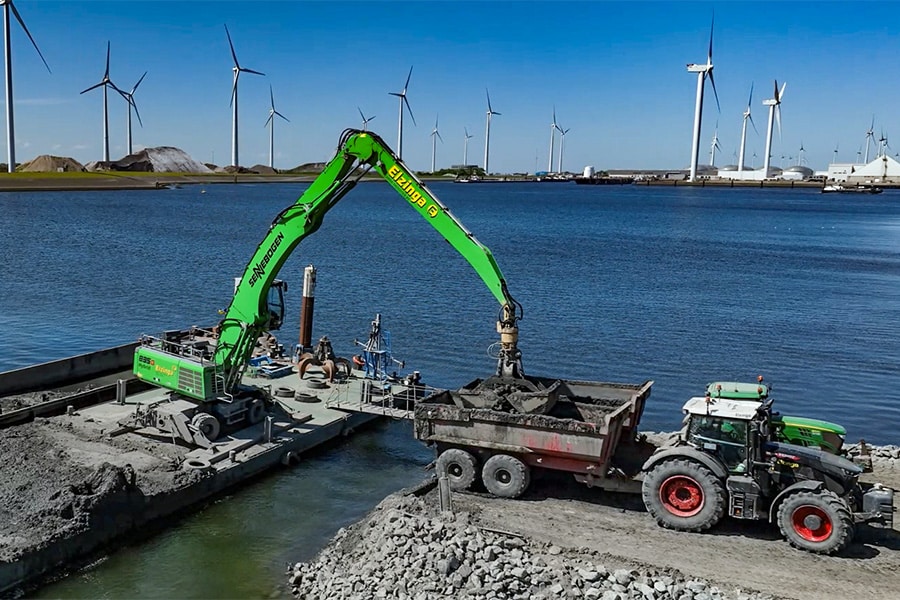
Standardize without frustration
The implementation of Metacom will start after the construction period. "We formed five working groups and freed up a technical business manager for this process. Not a luxury, but a necessity. You can't do this 'on top of it.' And if you want people to take time off, you have to show what it will give them."
According to Scheltinga, that willingness is there. "We have grown from 80 to 190 employees in eight years. That requires structure. New people have to become productive quickly, so processes have to be clear. And for things like post-calculation and work in progress, reliable data is essential. There's a lot of need for that."
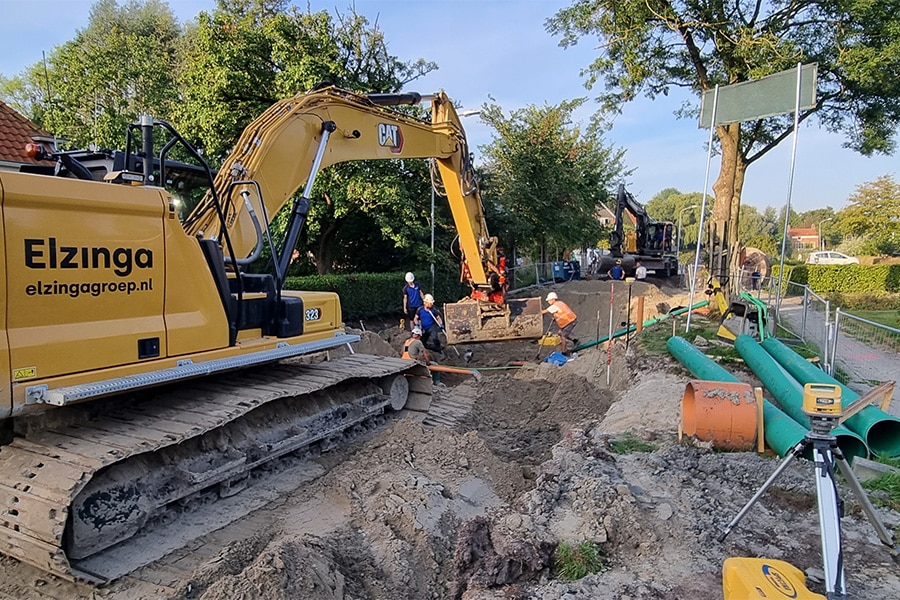
From five systems to one
The biggest gain, according to Scheltinga, is in integration. "Before, we were working with five applications for calculation, planning, finance, and so on. Now we are going to one system. Everyone will soon be working with the same data, in the same way. That prevents errors, speeds up processes and gives overview." First, the primary processes will be addressed. Then the nice-to-haves will follow, such as links to the machines or garage systems. "But first the basics in order. That's our starting point."
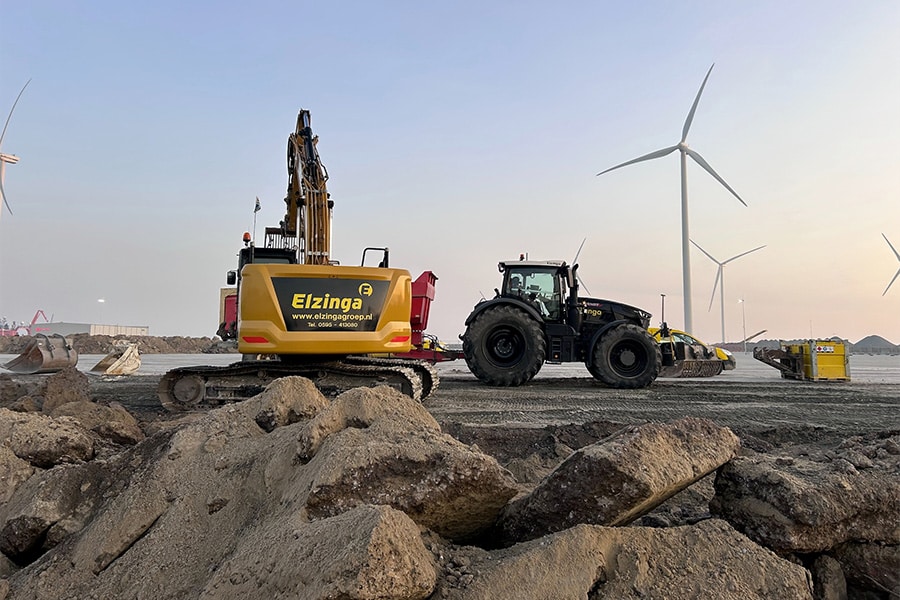
Cooperation in concert
He likes working with VanMeijel. "They advise instead of implementing blindly. Sometimes they say: that is possible, but then you have to adjust your process slightly. And that's fine. That way you keep each other on your toes." That attitude suits Elzinga well. "We also think proactively with our customers. Then it's nice when you have a software partner who does the same."

Future-oriented building
Preparations have been made. Elzinga is on the eve of a new phase, in which further digitization should contribute to overview, structure and cohesion. "We will approach the implementation with care, support and full focus, with the support of VanMeijel of course," says Scheltinga. "Digitalization is not an end in itself for us, but a means to remain agile as an organization. We have learned that you first have to know what you really need. And once you have that in focus, you can make great strides with the right partner."
Heeft u vragen over dit artikel, project of product?
Neem dan rechtstreeks contact op met Van Meijel Automatisering BV.
 Contact opnemen
Contact opnemen



